Paul Galvin was the founder of the famous American radio company, Motorola. He was born on 29 June 1895 in Harvard Township, Illinois, where he spent his childhood and adolescence. After graduating from the Illinois Institute of Technology, he moved to Chicago, where he started out as a partner in a battery company, but after several setbacks, he set up his own manufacturing company on 25 September 1928 and developed and marketed a car radio under the Motorola trademark. In the Second World War Motorola was credited with developing wireless telephones for the US Army and the company grew rapidly. Galvin died on 5 November 1959 at the age of 64 after a long illness.
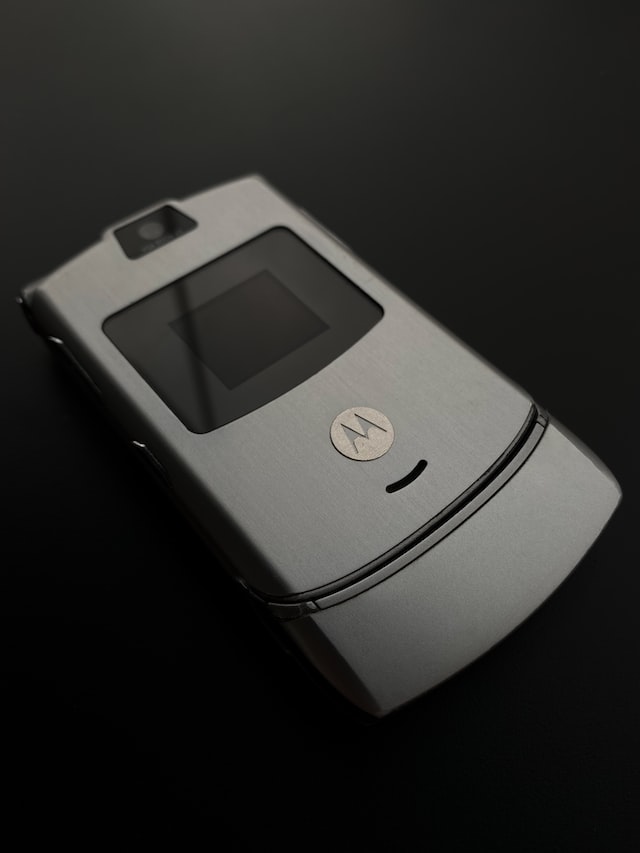
Small town life
After the new train service in Harvard, Galvin went to the station and made a fortune in the popcorn business. When other children saw the profits, Galvin withdrew from the competition. He decided that this chaos would not last. And soon his vision was confirmed.
Paul Galvin was born on 29 June 1895 in a small, mostly Irish, Midwestern town of Harvard, Illinois, USA, to a private family.
At that time, Harvard was a backward and isolated town, where people lived a monotonous and simple life without listening to anything else. As a young boy, Galvin was full of longing for the exciting world outside, dreaming of the day when he could go out and make a difference. He used to sit on the steps in front of the door and stare into the distance. When the carriage driver came back from a long and dusty journey, he would always greet him and ask timidly, "Can you take me out next time?"
At the age of 10, he behaved like a young adult, being very strict with himself and trying to set an example to his four younger siblings. He was also very affectionate and always did his best to help his siblings and friends. When he was 15 years old, one of his friends beat up a child who ran home and told his father. The group was sitting on the side of the road playing when the boy's father arrived in a rage, grabbed one of the children and beat him severely. Galvin immediately rushed to his aid and stopped him. Later they went to see one of the town's lawyers. There were only two lawyers in the town and the father went to another one. The court found the father guilty, fined him $2 and paid $3.75 in court costs.
Galvin and his family had to pay $10 for the lawyer's fees. Later on, Galvin saw the two lawyers hooking up and being very intimate when they went out for lunch, which made him feel cheated. For the rest of his business life, he believed that most disputes could be resolved through good-faith negotiation between those in charge, and only after that did he go to court. As a result, he was rarely involved in commercial litigation throughout his life.
In 1856 the Chicago and Northwestern Railway was completed and Harvard became a railway hub. This breathed life into the town and gave its resourceful children the opportunity to start a popcorn business on the trains. Not to be outdone, Galvin also got into the fray. He thought of many ways to expand his sales. In the summer he set up a popcorn stand and carted it into town to sell at the train station and on the main road; in the winter he popped 20 bags of corn on his home stove and went to the station, three blocks from his home, to set up his stand and wait for the train to come in.
Things were chaotic at the station. Children from the town wanted to go into business, as did children from other towns along the railway. Faintly sensing that this chaos would not last long, Galvin made a fortune and withdrew from the competition. As he expected, a notice was posted on the station gates shortly afterwards forbidding trading on trains. Galvin's ability to understand the dynamics of the market, which he had shown from an early age, was to become the key to his success later in his business career.
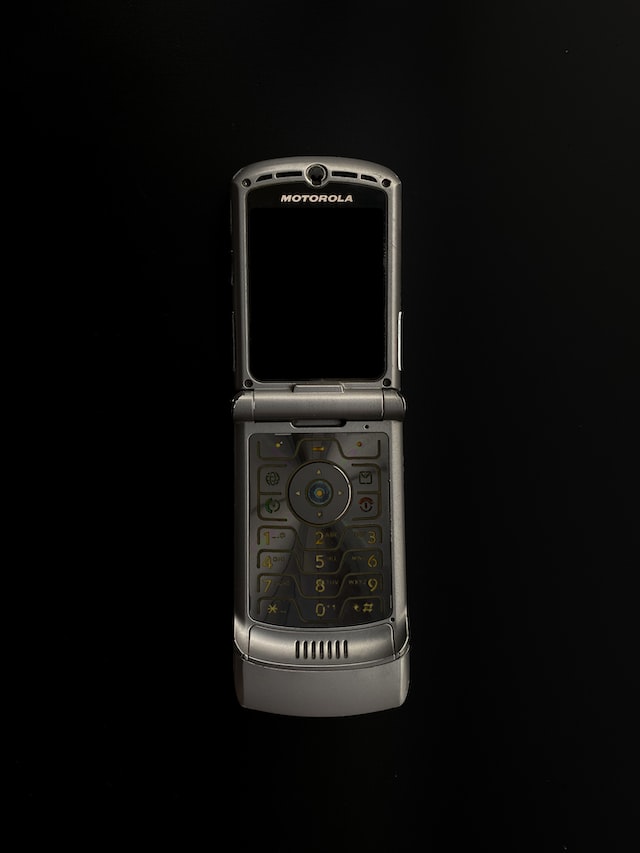
University life
In September 1913, at the age of 18, Galvin graduated from high school and prepared to go to college in Illinois. It was the first time in his life that he had left the small town of Harvard. He was filled with dreams of making his way in the world, but was also a little scared of the unfamiliar world. The environment at the university was like nothing he had ever experienced before, and he had to go out to work as his expenses were so high there. He set up the pitch for the local boccia court, distributed advertisements for the university laundry and supported himself. All the while things were getting worse at home. When Harvard Township decided to ban alcohol in the second semester, Galvin's father had to close the small bar where he made his living and take a job as a railway evening ticket agent. Even so, the family sold the bar property and the large home where they had lived. He was so ashamed of his inaction that he sent the little money he had saved to his mother, telling her not to "let his father know".
Going to work
In 1916, he moved to Chicago on his own and found a job as a clerk at the Federal Edison Company. At this time, the First World War was raging in Europe. The United States was not yet involved in this war, but was actively increasing its defence forces. Congress decided to double the size of the regular army and to incorporate the local National Guard. When Galvin learned through a department of the Federal Edison Company that a training programme for new officers was being conducted at Fort Sheridan, he decided to join the army.
Joining the Army
In late January 1918, Galvin moved to Fort Sill, Oklahoma, for a further nine weeks of artillery training. As a result of the gruelling military training, Galvin not only gained expertise in communications technology, but also developed a strong will. He felt much stronger and was happy to write to his mother to that effect: "I treat each new mission as a new battle, and I have learned that one lives to fight for the rest of one's life. When you complete one task and take on a second, you have progressed as a person. God has given me the strength to engage in a struggle that I will use to accomplish the most tremendous tasks."
An honourable discharge
In the spring of 1919, Galvin was honorably discharged from the army at Camp Bowie, Texas. Although he had not achieved much, he had learned many valuable lessons from his nearly three years in the army that would serve him well. He never forgot the need to bring people together as a community, that a good soldier must support his superiors, and that a good officer must look after his soldiers. It was thanks to his experiences in the Great War that he matured and looked forward to the life he was to devote himself to with hope and courage.

Temporary work
Galvin wanted to buy back his replacement at an auction, but he only had $1,000. When the price went up to $500, he was determined to ask for $750. His boldness and courage scared off his competitors and he succeeded in buying back the replacement. The smoke of the First World War had just cleared and American society was entering a period of rapid economic growth. The share of the agricultural economy in the overall structure of the national economy had been greatly reduced and new industries were flourishing. The automotive industry in particular was growing at a phenomenal rate, leading to the take-off of related industries such as glass, rubber and steel.
Galvin was keenly aware of the mood of the times and, instead of returning to his hometown, he took up a position with the D and G Battery Company in Chicago, which manufactured batteries for automobiles. The work in the company was dull and endless, but this did not dull the passion for entrepreneurship that was in Galvin's heart. He saw his current position as a temporary job. He was biding his time.
Setting up the company
The launch of KDKA in Pittsburgh on 22 November 1920 was an important breakthrough in the development of radio technology. Although it initially broadcast only music and the results of baseball games, the enormous potential of this new medium soon became apparent: more and more people bought radio equipment, radio stations were opened all over the country, and at the same time a large number of devoted radio listeners were created. The development of industry and technology provided the perfect historical opportunity for Galvin's career to flourish. In early 1921, Edward Stewart proposed a battery factory to Galvin. He was an old friend of Galvin's from his time in Harvard Town and had been active in the radio field for several years as the owner of the "Stewart Perfect Reflex Radio Company".
Galvin considered and agreed to Stewart's offer. On 15 July 1921, after intensive preparations, the Stewart Battery Company was founded in Marshfield. The company had two divisions: one was the Stewart-Goldwyn Battery Company, a partnership manufacturing plant, and the other was a sales agency for products called the Stewart Battery Company. The two divisions employed a total of around 50 people.
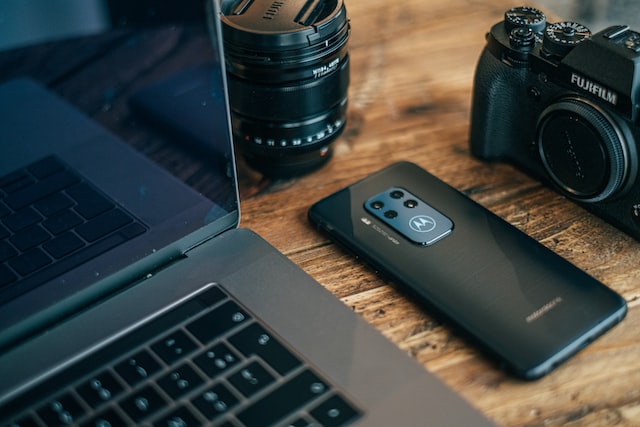
In trouble
The first few months after the company opened were very productive and every employee was motivated. The newspapers also reported that the company was "one of the largest factories in the Marshfield manufacturing industry, producing 150 batteries a day and selling them all over the United States".
Unfortunately, the good times did not last long. From 1920 to 1921, the economy was in a severe slump. The company soon fell on hard times. Their company was in an inaccessible location: "We found that we were in the worst place in the world for battery operations, because the batteries were so bulky." Despite their anger, they were unable to stop the doom and gloom. One day Galvin was at home having dinner when government agents appeared before him out of the blue. They had closed the company because it had not paid its excise duty. For the next two months, Galvin ran around but could not save the company from its fate. A few days later the Galvin family returned to their hometown of Harvard, where he did not have enough money to eat. Then came the sad news of the death of serving President Harker, and Galvin felt as if "the whole world was over".
But the pain of defeat was temporary, and Galvin soon rebounded from his adversity. He was not willing to sink into a life of mediocrity in this small town. He borrowed $40 from his father and travelled to Chicago. There he found his aunt, Emil Brahe, and got a job in his company. Brach was over 60 years old at the time, but ran the business well and had it in good order. Galvin became Brahe's personal secretary and learned a great deal from him. He realised that hard work alone was not enough and that he had to have the courage of vision to make a career out of it. In 1926, when Brahe retired, Galvin took over as head of sales for the company. Once again, fate brought Galvin and Edward Stewart together. Stewart bought the remainder of the Marshfield Battery Company and moved it to Chicago, which solved the original transportation problem. The two of them then embarked on a second partnership with confidence.
The market for radio commodities was booming and so was the production of batteries in connection with it. However, the dry cell batteries were so dumb and dirty that they had to be replaced after a short time. Noticing this, Galvin developed a product called the A-I replacement to replace them. Initially the new product sold well and the company reached the height of its prosperity. This was short-lived, however, and soon reports of the new product failing on the market led to the administrative magistrate seizing the company again, and the replacement was put up for auction, along with other machines and tools.
Building the company again
This time Galvin was not going to sit back and wait. He wanted to buy the replacements and manufacture them himself, because with the experience he had gained over the years, he knew that there was a huge market for replacements when AC radios became the norm. But he had only managed to raise a mere $1,000, and with this meagre sum he was not sure he could beat the many rivals in the auction room. As the auction began, Galvin stood anxiously in the crowd at the foot of the stage. There were many bidders at the beginning, but as the price climbed from 50 to 100 to $500, the bidding fell off. Galvin's mood tightened and he decided to take a big gamble. "$750!" he shouted with determination. He had $250 left for himself to make a last ditch effort. However, there were no takers, as his opponents clearly lacked confidence in the replacement. Galvin had succeeded!
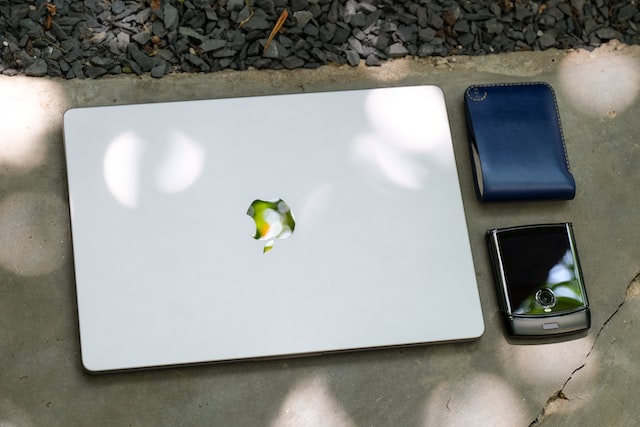
On 25 September 1928, Galvin Manufacturing Company was born in a rented building at 847 Harrison Street in Chicago. Although the company initially had only five employees. But it was, after all, Galvin's own. He had ambitious plans to conquer the world from here.
At this time, AC radios were already being introduced into homes, and Galvin saw the time to produce them for the market. The radio market was unstable, and this required manufacturers to produce and deliver radios as soon as they received an order, otherwise many competitors would have been able to take advantage of the situation. Galvin threw himself into the business with great enthusiasm. In the midst of fierce competition, he had a strong sense of crisis at all times, so he worked non-stop to keep the company afloat. His employees recalled: "In the spare rooms of the building, workstations and wires appeared and disappeared, as if by magic. I remember once, when there was no space available anywhere, Joseph sent some men to the bathroom to put a workbench to work."
Galvin's company grew considerably over the year, fuelled by the booming radio market as a whole. But bad luck always seemed to follow him, and on 25 October 1929, a 'Black Friday', the stock market plunged on New York's Wall Street and the largest economic crisis in the history of the United States broke out. Almost overnight, businesses of all sizes collapsed and people were selling off their goods, with some of the biggest manufacturers even selling their products for far less than their selling prices. Galvin, too, was in trouble because he had too much stock.
Misfortunes in life were followed by setbacks in business. Within five months, Galvin lost several family members, including his father, mother and mother-in-law. One blow after another made him numb with grief.
Developing new products
However, Galvin did not give up on his ambitions and pursuits. Difficulties and setbacks may cause the weak in life to stumble and cower - but for the truly strong, they are a constant source of motivation on the road ahead. Galvin returned to the company to regroup and made the bold decision to install car radios on a large scale. He believed that there was a huge market for this product and that this was the right time to create a brand name, so he could not let others take precedence.
The time spent working on the car radio was one that Galvin will never forget. He and his staff worked day and night in the laboratory, racking their brains over every technical problem. Whenever a new device was completed, someone would immediately take the car out on the road for a critical examination.
Failure, failure, failure, it was as if fate was always playing tricks on them. At one point they almost gave up and had to stop registering the number of failures and encouraged each other to keep going.
In June 1930, they finally developed a prototype machine that was ready for use. The performance of this prototype was, of course, far from that of today's radios, but it was a remarkable achievement for the time. It worked well and the radio signal could be heard very clearly when the car engine was running. Galvin took it with him to a "radio manufacturers' meeting" in mid-Atlanta. As a small, unknown company, there was no booth, no position, and no place for them to perform. Galvin found a place for his products on the side of the road near the venue, attracting the occasional strolling businessman to stop and look at them. There were mixed reviews of his product, some of whom didn't care for it at all, others thought it was quite ingenious, and most didn't see the value of mass production.
Most of them did not see the value of mass production.
Although the trip to Atlanta did not yield any great results, Galvin's confidence in his product was unshaken. After all, some businessmen had been impressed with the car radio and had ordered one or two units, a small total but always promising.
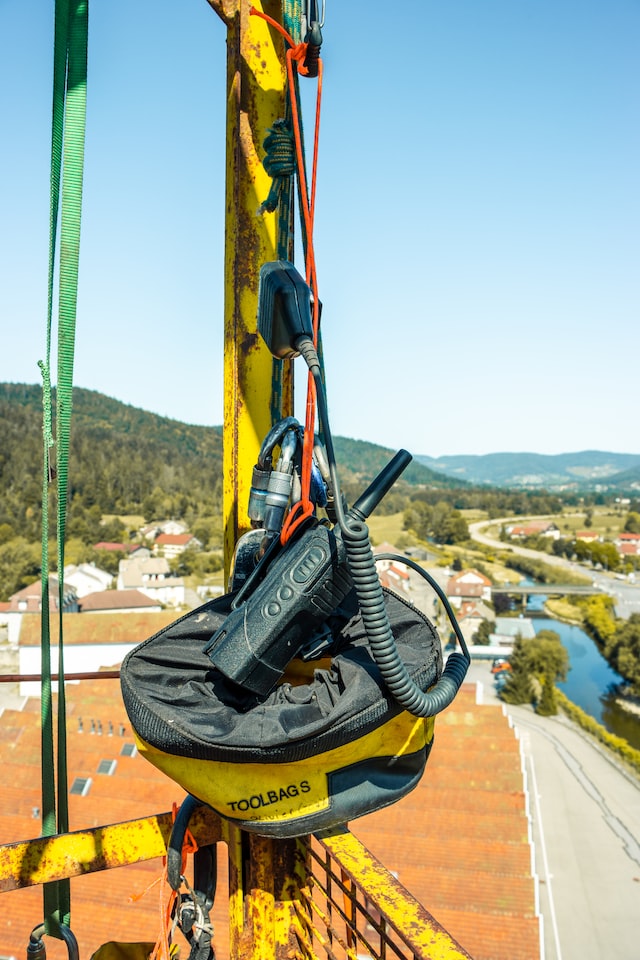
There were still a number of problems with the car radio that had to be solved, and Galvin and his engineers made further improvements to address these shortcomings - finally making it even better and much easier to install. Galvin was so confident that he could hear the beautiful music of their product playing in the cars speeding by on the streets of America.